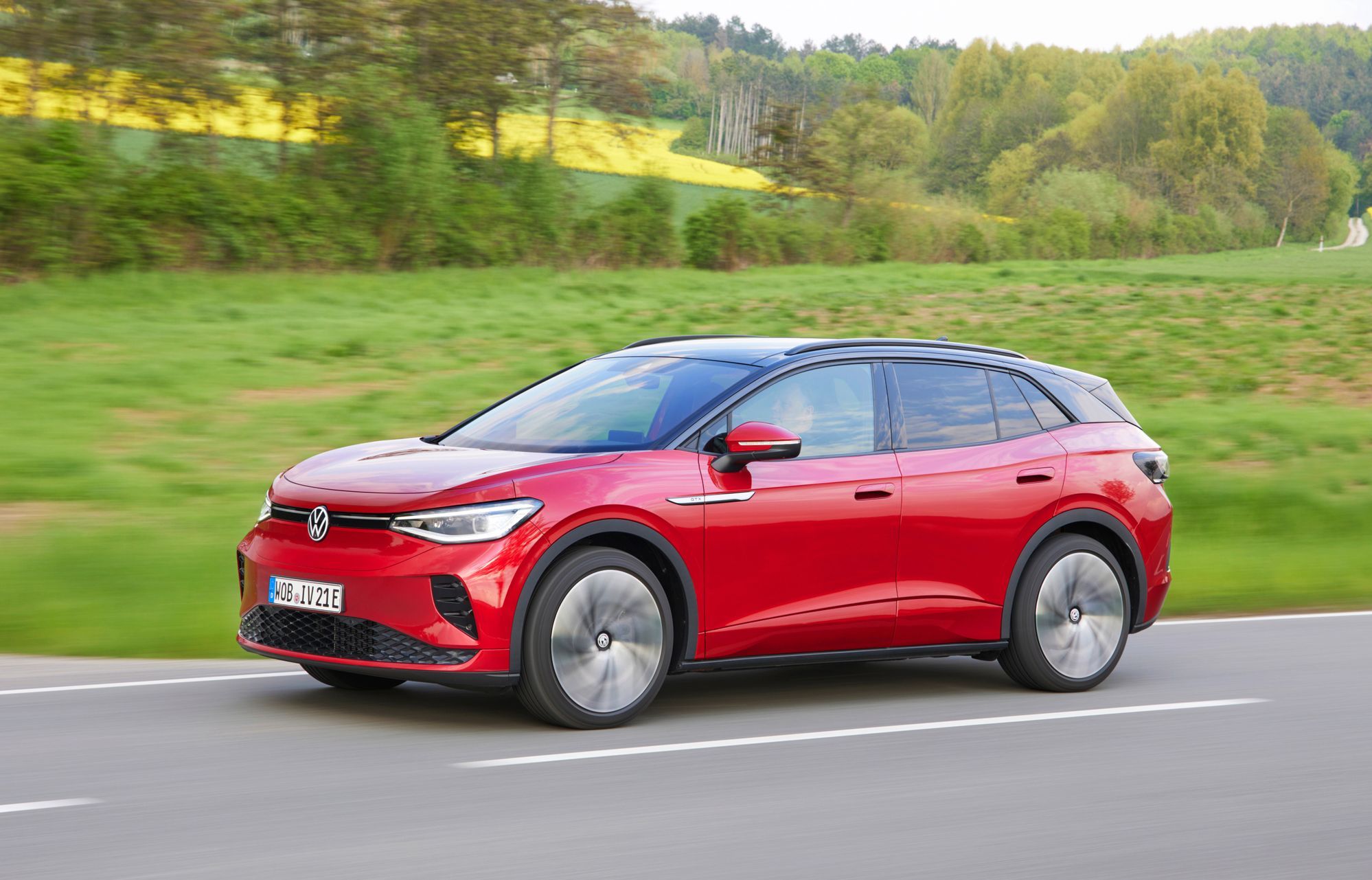The transition to new types of propulsion brings a lot of considerations about energy sources, efficiency and environmental footprint. But there are also more prosaic questions, such as how to name a powerful version of an electric car. Škoda is preparing Enyaq RS, Porsche sells Taycan Turbo. Although Volkswagen comes up with the new GTX acronym for the ID.4, it immediately adds that it is related to the old GTI. What did the first rides in Germany suggest?
Volkswagen’s headquarters are located in the middle of the desperately boring plain of Lower Saxony. To such flat parts – typically in the north of the Netherlands – journalists used to invite us to demonstrate hybrid and electric cars. When driving on a flat, the consumption is usually the lowest, so the green models looked more economical than they actually were.
But that was the case ten years ago. Today, Volkswagen is in the opposite situation. He wants to show dynamism, speed and dexterity on his most powerful electric car. In the convoy of fire red ID.4, we head straight south along the highway, to the national park in the Harz Mountains.
The fastest ID.4 is called the GTX and you can recognize it by the black roof, however, its main weapons are more powerful engines and all-wheel drive. Even against the recently introduced Škoda Enyaq Sportline, it is adding another 25 kW to a total of 220. The top speed shifts to 180 km / h and the 100 hums in 6.2 seconds.
Most of us could legally try such a pace in an electric car for the first time on the highway. And it must be acknowledged that this is a curious experience, so far reserved for luxury limousines. The landscape around is moving insanely fast, other cars dodging from the left lane, and nothing but the whistling of flowing air can be heard in the cab. Immediate consumption, however, reaches a rabbi’s 50 kilowatt hours per 100 kilometers. We are beginning to understand why the electric Porsche Taycan has a two-speed transmission – high engine speeds eat electricity like Otesánek.
Beyond the enchanting medieval town of Goslar, the road begins to wind and climb into a tourist paradise with wildlife, lakes, waterfalls and ancient settlements. There would be a lot to see here, but there is no time to waste and the organizers have chosen a route that no driver wants to stop. The surface is smoothly undulating, it is easy to see into the long curves, there are few tight turns. It is easy to drive fast here.
Especially in Volkswagen ID.4. The power of the engines on the inclines excels and the initial rear-wheel drive settles the car nicely at the exit from the corners. Due to its size, it acts deftly and promptly. Perhaps a little sporty, which was also the intention of the creators.
But that’s just it – for its size. At the same time, the few sharper turns show that the weight of over two tons cannot be disguised and, despite the low center of gravity, the ID.4 is far from Golf GTI athletics. The tires whistle, the body slides towards the barriers and the stabilization has to trip the brakes hard, depriving us of speed. It is honest, but unsportsmanlike.
That is why they did not dare to use the letters GTI in Wolfsburg and invented the abbreviation GTX. They didn’t want to tell us what it actually meant, but the symbolism is clear – a fast car, something like a GTI. It should not be associated with sports too literally, as they have known at Volkswagen for years. Until recently, they made a family minibus called the Sportsvan.
In any case, the GTX is deservedly the technical and price peak of the ID.4 model. The Czech price starts at CZK 1,384,900, and only a small fee is paid for a glass roof, a transparent display or a great LED strip between the headlights.
– .


